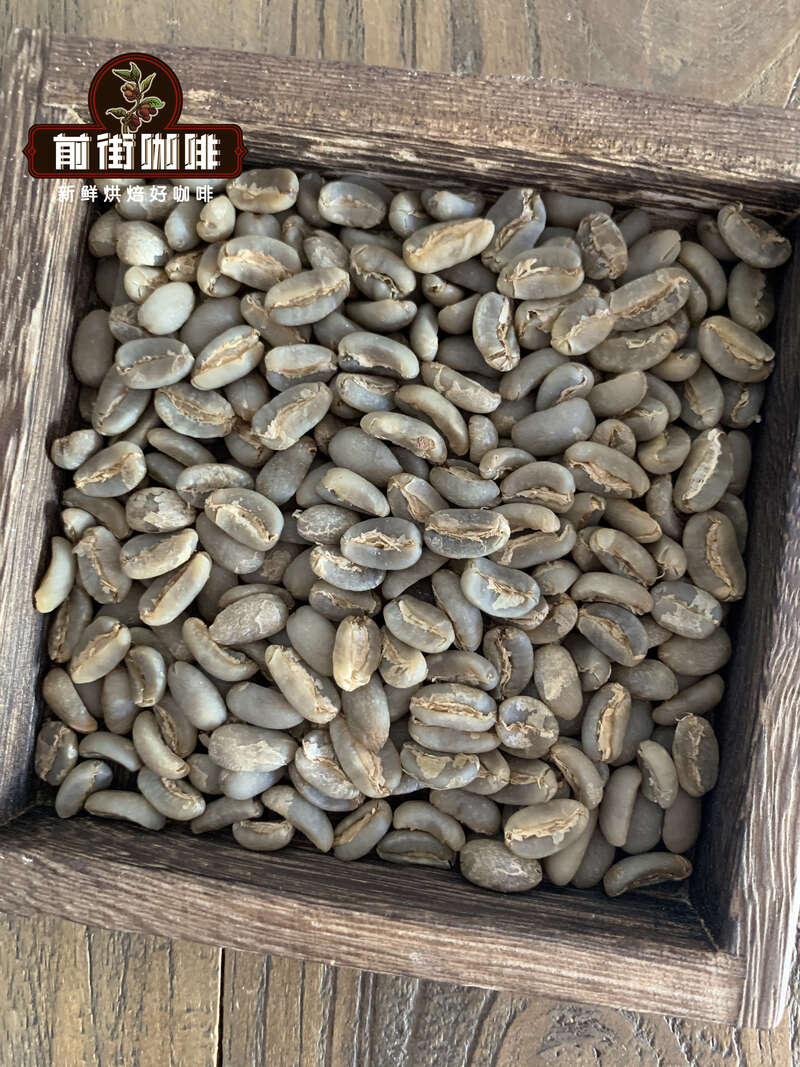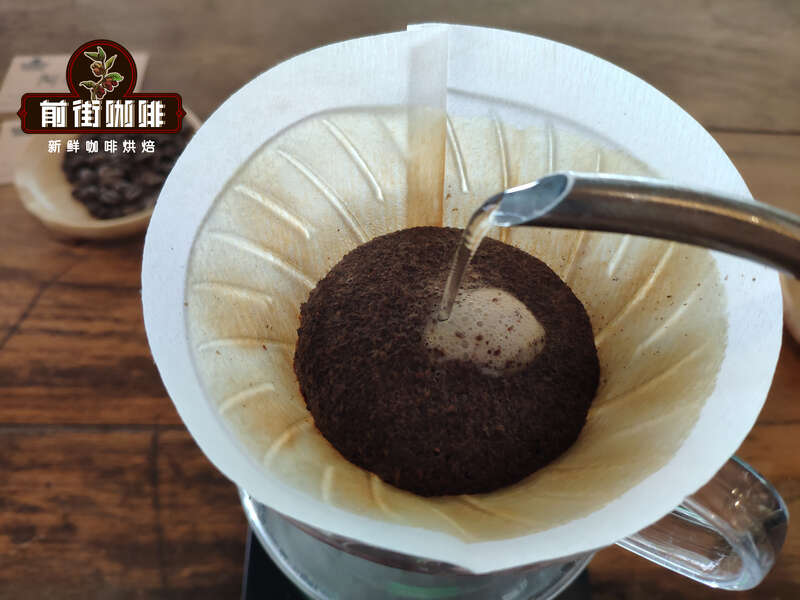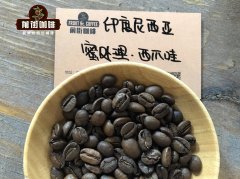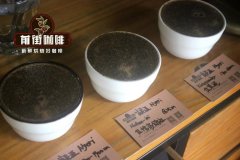How is the development of coffee farms in Costa Rica? What is the ranking of coffee quality in Costa Rica?

During the "Excellence Cup" event, Bram, a Central American buyer of Ally Coffee, first contacted the producer Jorge Vasqua é zUre ñ an and his cousins Alex and Daniela in a coffee shop in San Jose, Costa Rica. Since that meeting, the relationship has developed, and Ally Coffee has invested in ways to help connect Roble Negro coffee with roasters around the world.
Agriculture is a patient activity, and over the past three seasons, Bram, Jorge, Alex, Daniela and the last coffee roaster have been trying to share feedback and experience. During this period, Roble Negro built a wet mill for the first time to process his coffee and found a dry mill suitable for grinding small specialty coffee, thus finding a reliable neighbor.
Finca Cedral Alto
The story of Roble Negro is both the story of the producer Jorge Vasqua é zUre ñ an and the story of the Finca Cedral Alto farm in Aserr í in the Central Valley that he bought in 2007. As a successful banker, two decades later, Jorge started a recycling company and acquired Cedral Otto, aware of his belief in environmental responsibility and trying to address the land abuse around him.
Finca Cedral Alto is more than 2/3 of the forest. Most of the 22.5 hectares of land on the farm is covered by pristine rainforest, as well as hectares of reforestation and pastures and about 3 hectares of coffee production. Trees are planted between coffee trees and fruit trees, which provide food for both people and many animals on the farm.
The natural biodiversity of animals and plants creates rich habitats for trees, flowers, birds, reptiles and mammals. Orchids, pineapple plants and other epiphytes grow on oaks and cedars, which give farms and coffee companies names. Eagles, parrots, snakes, frogs, raccoons, Pumas, armadillos and other creatures feed on guava, bananas, plantains, avocados and citrus trees. Their roots stabilize the soil, while fallen leaves add nutrients.

Cultivate sustainable development
Jorge manages Finca Cedral Alto as sustainably as possible, applying natural fertilizers made from coffee pulp in a timely manner, and preventive application of fungicides and pesticides made from microbes collected in the humus soil layer of the rainforest. His team cleared weeds by hand to eliminate the need for herbicides. Pruning, harvesting and sowing are also done by hand.
Roble Negro coffee and Finca Cedral Alto represent the future of coffee production in Costa Rica, where production is small but growing steadily and is always in harmony with the landscape and its ecological balance. The forest belt of the farm protects six freshwater springs and streams and waterfalls that pass through the farm, forming the starting point of the Rio Gerco River, which provides drinking water for nearby towns and farms. This comprehensive way of growing coffee should be understood to mean that the quality does not depend solely on the cup, but is planted throughout the production process, and reflects the treatment of people, plants, animals and the land involved and the adjacent process.
Important Notice :
前街咖啡 FrontStreet Coffee has moved to new addredd:
FrontStreet Coffee Address: 315,Donghua East Road,GuangZhou
Tel:020 38364473
- Prev

Characteristics of brewing flavor of Indonesian honey-treated West Java coffee in Indonesian West Java boutique coffee producing area
Professional coffee knowledge exchange more coffee bean information Please follow the coffee workshop (Wechat official account cafe_style) when people talk about Indonesian coffee, people first think of Manning coffee. Manning coffee refers to the coffee from Sumatra, its coffee flavor is mellow, low-acid, deeply loved by many coffee gluttons. Among the Indonesian coffee shelves on the front street, except for those from Sumanda
- Next

Six major coffee producing areas in Africa and Kenya introduce Kenyan coffee variety & Kenya 72-hour washing
Professional coffee knowledge exchange more coffee bean information please follow the coffee workshop (Wechat official account cafe_style) Kenya coffee bright sour, gorgeous, full and excellent taste, let those who have drunk unforgettable. Qianjie Cup has tested many coffee beans from different producing areas of Kenya. If high acidity is the soul of good coffee, then Kenya must be the representative of this soul.
Related
- Beginners will see the "Coffee pull flower" guide!
- What is the difference between ice blog purified milk and ordinary milk coffee?
- Why is the Philippines the largest producer of crops in Liberia?
- For coffee extraction, should the fine powder be retained?
- How does extracted espresso fill pressed powder? How much strength does it take to press the powder?
- How to make jasmine cold extract coffee? Is the jasmine + latte good?
- Will this little toy really make the coffee taste better? How does Lily Drip affect coffee extraction?
- Will the action of slapping the filter cup also affect coffee extraction?
- What's the difference between powder-to-water ratio and powder-to-liquid ratio?
- What is the Ethiopian local species? What does it have to do with Heirloom native species?

